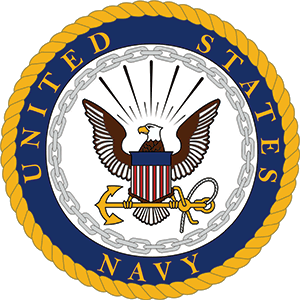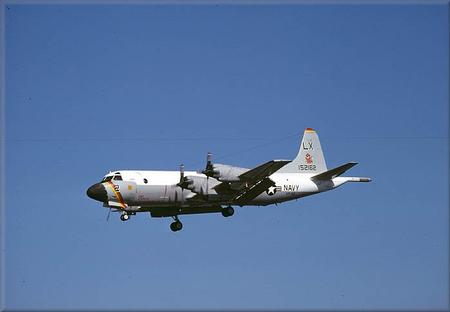ABOUT VP-934
- Establishment: VP-934 was a U.S. Navy Reserve Patrol Squadron established on 1 February 1947 at Naval Air Station Willow Grove, Pennsylvania.
- Redesignation: In 1950, as part of a Navy-wide reorganization of reserve units, VP-934 was redesignated as VP-ML-64 and later as VP-64, continuing its maritime patrol mission for decades.
- Primary Aircraft: Initially, VP-934 flew the PBY-5A Catalina, a legendary seaplane known for its roles in anti-submarine warfare, search and rescue, and reconnaissance during WWII.
- Cold War Service: The squadron played a role in the early days of the Cold War, training for anti-submarine patrols and maritime surveillance to counter the Soviet submarine threat.
- Reserve Pioneers: VP-934 was part of the post-war expansion of the Naval Air Reserve, helping to maintain a ready force of aviators and crews during peacetime.
- Community Engagement: The squadron was well known in the Philadelphia area, participating in local events and fostering military-civilian relations.
- Training Missions: VP-934 regularly conducted training flights along the U.S. East Coast, providing valuable experience to reserve aviators and ground crews.
- Transition to New Aircraft: Over time, the squadron transitioned from the Catalina to more advanced patrol aircraft, such as the P2V Neptune, reflecting technological progress in maritime aviation.
- Legacy: The squadron's lineage continued after its redesignations, with VP-64 serving until 2004, making it one of the longest-serving reserve patrol squadrons.
- Historical Impact: VP-934 and its successors contributed to national security during both peacetime and crises, ensuring maritime domain awareness and readiness in the U.S. Navy Reserve.







